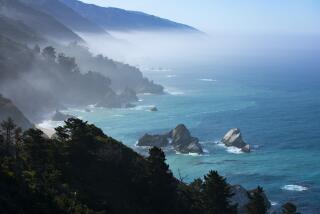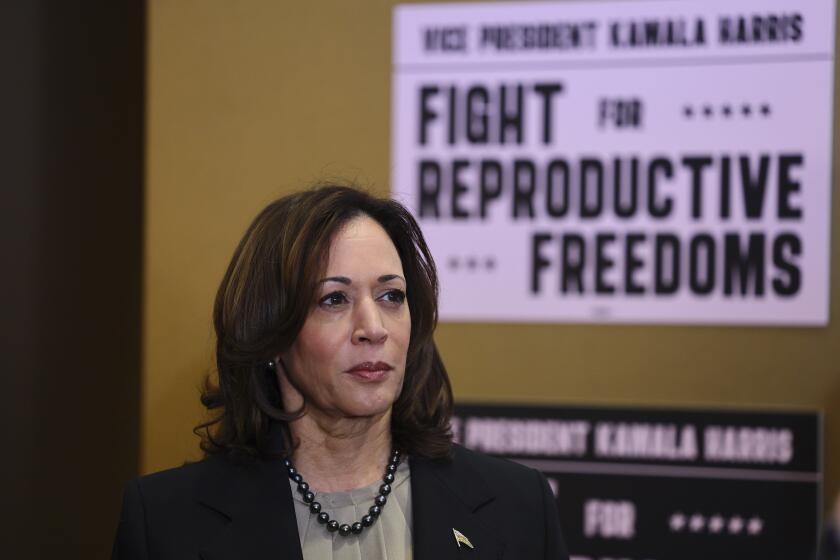The trouble with parking at state parks
The California state parks system is pretty clueless about parking -- which, strange to say, is kind of an important issue for it these days because it’s how we pay to get in and how it gets a lot of its money.
Much of the time, at many of the parks, there’s no one around to collect parking fees and no iron ranger for visitors to pay. At the same time, the fees for entering the most popular of the parks have reached the stage -- $10 to $15 a day -- at which repeat visits get a little painful to the wallet. At the same time, the annual pass for state parks has reached a hefty $195; so much for that solution.
It’s fair to argue that the existing parking fee structure requires visitors to pay their share for use of the park. That might make sense as public policy, but it’s a bad consumer pricing strategy. An annual pass to all the national parks, national forests and land operated by the Bureau of Land management costs $80. Too much? An annual adventure pass to four national forests in Southern California -- Los Padres, Angeles, San Bernardino and Cleveland -- costs $35, and a day pass is only $5. Regional and wilderness parks, run by counties, generally charge $3 to $5 a day, as well as having much less expensive annual passes. Neighborhood and city parks and beaches are generally free.
The state has a couple of vested interests in drawing paying customers. Not only do they contribute to the kitty, but they create a support structure for state parks. When people don’t visit state parks much, they don’t worry about supporting them during budget time.
Right now, figuring out how to get into state parks without paying -- by parking on nearby streets -- has become something of a specialty hobby for regular hikers and bikers.
It would make a lot more sense for the state parks to offer regionalized passes, as the national forests do. Fifty dollars, say, to enter parks in a couple of counties for one year, if those include beach parks. The parks might lose the full $195 from some frequent local visitors, but they would gain a lot more repeat local visitors overall. And why not offer some meters for parking by the hour? Someone who wants to visit the tide pools during low tide, or hike for an hour or two, is unlikely to hand over the $15 day fee for the honor.
State parks aren’t a business, but there is an unintended competition of sorts in public recreation, and California parks officials have done a strikingly bad job of competing for visitors. With more flexible pricing schemes, they could bring in more money while giving consumers -- the public they’re supposed to serve -- a better deal.
ALSO:
How not to say the wrong thing
A curriculum crunch for California
Smoking and the right to dumb choices
More to Read
A cure for the common opinion
Get thought-provoking perspectives with our weekly newsletter.
You may occasionally receive promotional content from the Los Angeles Times.







